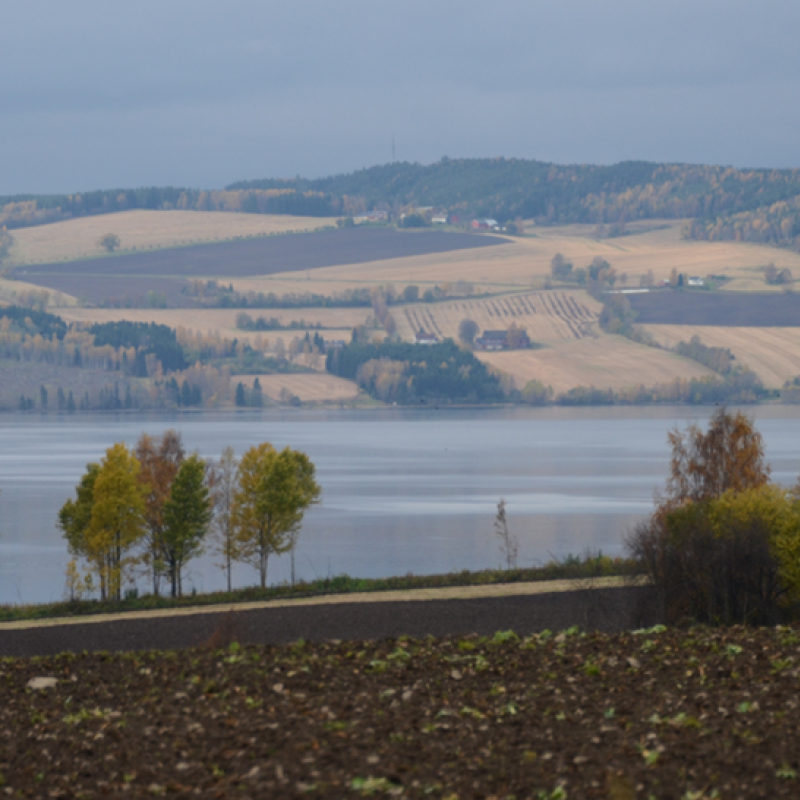Signe Kårstad
Senior Adviser
(+47) 997 60 083
signe.kaarstad@nibio.no
Place
Bergen
Visiting address
Thormøhlensgate 55, 5006 Bergen
Abstract
No abstract has been registered
Abstract
No abstract has been registered
Authors
Lampros Lamprinakis Luca Mulazzani Cyril Tisseyre Burkhard Schaer Hilde Halland Signe Kårstad Giulio Malorgio Marta Verza Cosimo Rota Diva Fernandez Francesca Marino Gabriele Miserendino Konstadinos MattasAbstract
No abstract has been registered

